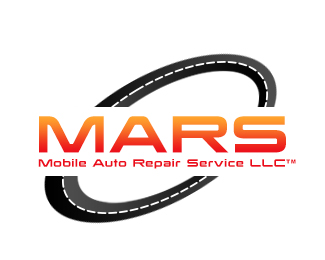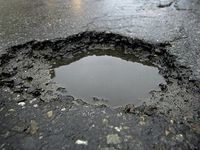Does your car have suspension problems?
How can you tell?
Here are some symptoms you will notice:
“nose dives” when braking (it leans forward)
“rolls” to the side when cornering (it leans side-to-side)
“squats” during acceleration (it leans backward)
Suspension components, including springs, shock absorbers (or struts on some vehicles), anti-roll bars, control arms and other parts, are like combat troops serving on the front lines: They take a pounding daily from pock-marked streets, railroad tracks, rain, snow, road salt, gravel, all manner of dirt and grime, and the occasional piece of scrap metal or other debris that drivers see too late to avoid.
Under those conditions, just about any suspension component can be damaged or worn out from years of abuse, resulting in a number of symptoms and/or noises that should be your wakeup call to see a car doctor. Here are some common issues vehicle owners are likely to encounter:
- Poor wheel alignment: The wheels have to be pointed in the right direction (literally) and aligned for toe-in, camber and caster. If they aren’t, your steering won’t be centered when you’re going straight and tire wear will increase. Wheels get knocked out of alignment by potholes and curbs, but getting the wheels aligned won’t fix damaged springs, controls arms or other parts that affect alignment. When you buy new tires, it’s a good idea to have the alignment checked so suspension issues don’t shorten tread life.
- Shock absorbers:They really should be called “dampers,” and when they wear out you should notice more bouncing after a bump and a whole lot of shaking going on over rough roads because they can’t keep the tires planted on the pavement. Shocks contain fluid that dampens the bouncing, and once they start to leak, performance will deteriorate.
- Springs:These are what hold the weight of the car, and as they wear they can sag or break. If your car is on level ground but one corner is lower than the others, that’s a sign of a damaged spring. You can measure the height of the corners to confirm your visual cue. You might also hear clunking noises over bumps, and the car may not corner with confidence because a damaged spring can’t control the weight it’s supporting.
- Ball joints: These are pivot points that attach the suspension to the wheels, and they absorb some of the shock from up-down movement and rotate as the steering angle changes. You’ll know they need replacing when you can hear them squeaking and creaking, especially when turning. You’ll know you waited too long if a ball joint breaks and suspension parts are dragging on the pavement. A mechanic can tell if they need replacing by the amount of wheel movement they can force by hand or, in some cases, by wear indicators on the ball joints.
- Control arms:These are hinges that hold the wheels to the frame and connect the steering to the wheels, so when you turn one the other responds. Lower control arm bushings are more prone to wear out on front-wheel-drive cars than on rear-wheel-drive cars. Bushings are rubber and/or metal parts that help absorb shock, and when they wear they can cause ride and handling problems and accelerate tire wear. So can a bent control arm. Signs of wear include clunks or rattles — because the wheels move back and forth in acceleration and braking — and loose, imprecise steering.

